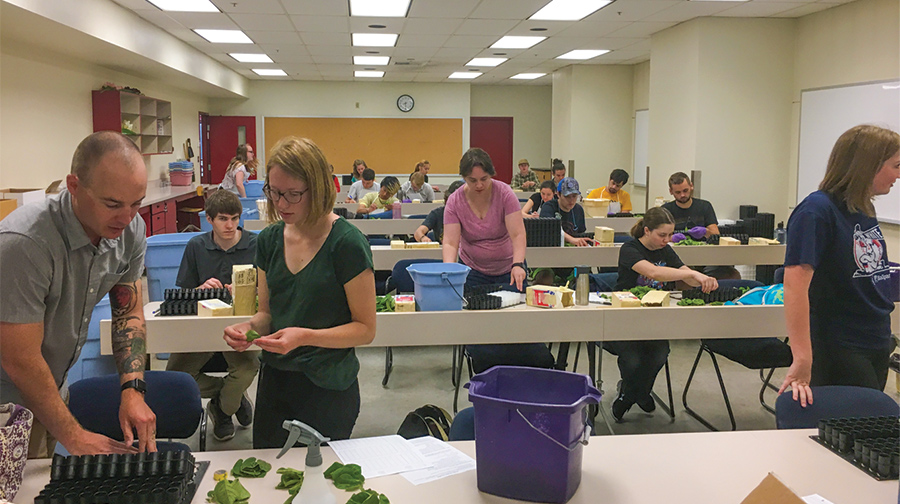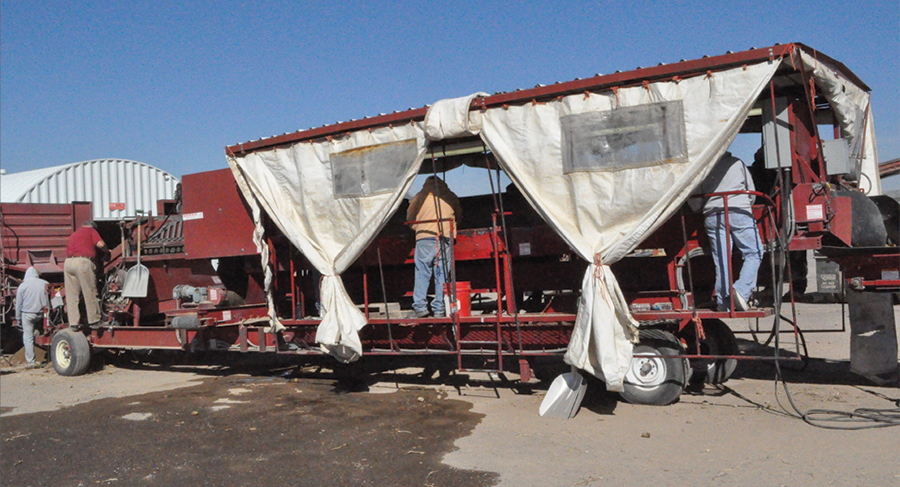
“Would you like fries with that?” While that is a welcome prompt from a friendly server at your local quick serve restaurant, it also speaks to the direct competition for labor that we experience throughout the potato industry, and extends to our lab at Montana State University.
This summer, signs outside fast food restaurants were advertising $18-20/hour. That has recently been bumped to $21-23/hour, in some cases, with signing bonuses. Our seed potato certification program and seed potato farmers rely on a significant amount of seasonal short-term labor, and we all have been struggling to attract enough workers. For the seed potato certification program, we seek to hire 15-20 people to collect leaf samples and additional staff to process the leaves for disease detection in the lab. At the university, we have the luxury of a large pool of students, and can provide them the opportunity to obtain laboratory skills that may be relevant to their chosen profession.
Even with these advantages, we started this past summer with barely more than a skeleton crew, with staffing down 20 percent from the previous summer. This shortage was also experienced throughout seed potato farms in Montana. Some H2A workers with long histories on Montana farms were not approved to enter the U.S., and local seasonal help was extremely hard to come by. Many growers who would like to hire H2A workers are discouraged by the massive paperwork requirements and lack of suitable housing for the workers.
We are all asking, “When will this situation turn around?” When the labor market softens, will more people be available to perform these jobs? Will members of the workforce be willing to do these jobs? While it is difficult to determine if it is just perception or reality, it seems like it is getting harder to find people who are willing to perform manual or repetitive jobs. At our annual seed seminar in November, Montana State University labor economist Dr. Diane Charlton reported on labor trends that have affected agriculture.

Seed potato operations have made significant strides toward reducing labor through mechanization. When I started this job 14 years ago, on harvest and shipping visits there would be 10 or more pickers on each potato conveyor. With the utilization of clodhoppers, vacuum separators and sizers, most lines are reduced to just a few people picking rocks, clods and tubers with defects. Even with improved mechanization, growers are still struggling to attract people to perform these jobs.
The bright side of this equation is the opportunities presented to young people in the broad-ranging field of agriculture. The pursuit of education in Agricultural Engineering, Biotechnology, and Computer Science will prepare students for careers that will potentially compensate them beyond traditional jobs in agriculture, and potentially alleviate the shortage of workers that threatens farm productivity.
